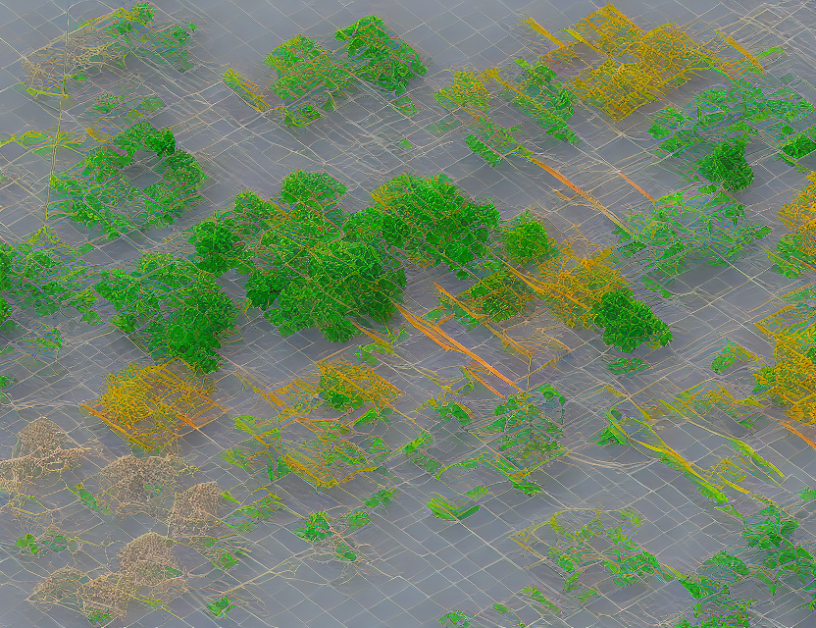Binary neural networks are essential for reducing the memory footprint of DNNs. By pruning away unimportant weights, these networks can be compressed into a much smaller size while maintaining their accuracy. However, traditional binary neural networks have limitations in terms of their activation functions, which can lead to suboptimal performance.
The Generalized Activation Function
To overcome these limitations, ReactNet introduces a generalized activation function that allows for more flexible and accurate predictions. This new activation function is based on the elastic deformation theory (EDT), which models the stretching and shortening of an elastomer after external forces are applied. By using this analogy, ReactNet can adjust the activation function to optimize the performance of the binary neural network.
The Analogy between EDT and MC
To further improve the accuracy of the binary neural network, ReactNet draws an analogy between the EDT and the multiplicative combination (MC) framework. In this analogy, the optimization process in EDT is similar to the weight clustering/quantization using ADMM in MC. By combining these two frameworks, ReactNet can achieve more accurate predictions while maintaining a small memory footprint.
Practical Deployments
While ReactNet has shown promising results, it is important to consider practical deployments. Typically, Han et al.’s work on pruning and quantization is combined with Louizos’ Bayesian compression for deep learning. By combining these techniques, the compressed model can result in significant resource savings while maintaining lower accuracy drop compared to the original model.
Conclusion
In conclusion, ReactNet presents a new approach to developing precise binary neural networks with generalized activation functions. By drawing an analogy between the EDT and MC frameworks, ReactNet can achieve more accurate predictions while maintaining a small memory footprint. With its potential applications in deep learning, ReactNet is an important contribution to the field of computer vision and beyond.



